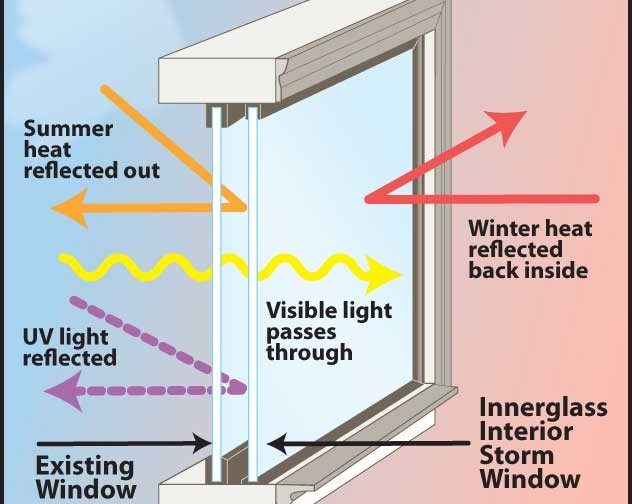All Categories
Featured
Table of Contents
Double Glazing - Windows - Doors in Wellard WA
That window can send more solar heat in winter season than in summer season. A west-facing window on a summertime's afternoon has an angle of occurrence from near 0 approximately 30 with a big efficient area of solar radiation. A north-facing window, in summer season, has a high angle of incidence and a low effective location of solar radiation, so can send less heat than a west-facing one.

You can rapidly and quickly improve the thermal performance of your house by replacing your windows. There are thousands of types of glass and frames to choose from.
Keeping Your House Cool In The Summer in Mariginup Perth
There are numerous different types of glass products to pick from. Single glazing uses a single pane of glass. Single glazing with clear glass is not really effective when it comes to heat loss or gain. To improve performance, you can utilize single glazing with a more energy-efficient kind of glass such as low emissivity (low-e) glass.
The energy efficiency of IGUs likewise depends on: the homes of each layer of glass. Different glass types (for example, clear and low-e glass) can be put together in an IGU.
Why Does Double Glazing Help To Keep Us Cool In Summer? in Sorrento Western Australia

IGU cavities can be filled with air or a more inert, low-conductivity gas such as argon the width of the cavity. Broader cavities provide lower (much better) U worths, with 12mm usually accepted as the favored space how well the cavity is sealed.
If argon is installed to the cavity in location of air, moisture is reliably excluded the level of desiccant (drying representative). The spacer (metal or polymer strip) that separates the glass layers consists of a desiccant to absorb any wetness. Inadequate desiccant may trigger moisture to condense on the glass surface area in cold conditions, reducing thermal performance.
Top 10 Tips To Keep Your Home Cool in Rockingham Perth
IGUs can deliver better energy efficiency for all climates, especially in heated and air-conditioned homes. Cross-section detail of single, double and triple-glazing units Low emissivity glass (typically understood as low-e glass) minimizes heat transfer. Low-e glass might be either high or low transmission: High transmission low-e glass has a coating that enables daylight from the sun to enter your house to accomplish excellent solar heat gain, however decreases the amount of the long wavelength infrared heat that can leave back through the window.
Low-e glass has either a pyrolytic coating or a vacuum-deposited thin movie metal covering. Pyrolytic finishes are durable and can be utilized for any glazing; vacuum-deposited coatings are soft and are only used within IGUs. Low-e coverings can substantially improve both U worth and SHGC; nevertheless, they must be used correctly or they will either weaken or stop working to carry out as needed.
Double Glazed Windows & Doors Melbourne & Sydney in East Victoria Park Perth
Low-e finishings can be used in mix with clear, toned or reflective glass. Low-e coverings on glazing can minimize heat transfer where required Photo: Department of Industry, Science, Energy and Resources Toned glass has actually colouring additives consisted of during manufacture. It is readily available in various colours, normally bronze, grey, blue and green.
Latest Posts
Secondary Glazing: A Buyers Guide in Bibra Lake WA
Double Glazing in Swan View WA
Double Glazed Windows In The Summer in Myaree Western Australia